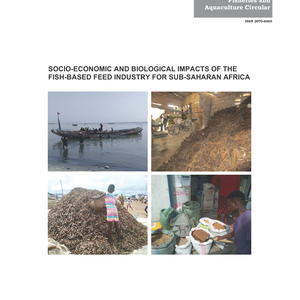DSM unveiled its 2021 mycotoxin survey results in a series of webinars. The survey counted over 24,000 samples and over 112,000 analyses were conducted to detect the six main mycotoxins from raw commodities and feeds from 75 countries.
North, Central and South America, Central and Southern Europe as well as the Middle East, Northern Africa, Sub-Subsaharan Africa and South Africa are at severe risk. In Eastern and Northern Europe, the survey found a reduced risk but still a high risk. China and Taiwan and South Asia are at extreme risk. The risk is severe in East Asia and South East Asia and moderate in Oceania.
Sixty-one percent of the samples were contaminated with a mycotoxin with a concentration that can already harm the health and animal performance, therefore the survey considers the global risk as severe.
North America
The risk in North America decreased from extreme risk to severe in 2020 and stayed severe in 2021. A decrease of prevalence of major mycotoxins was found, but also a slight increase in aflatoxins, T-2 and fumonisins. The most prevalent mycotoxins are deoxynivalenol, fumonisins and zearalenone. The average concentrations of deoxynivalenol and fumonisins increased compared to 2020.
Latin America
Deoxynivalenol, zearalenone and fumonisins are the most prevalent mycotoxins in the region. Seventy-nine percent of the corn analyzed was positive in fumonisins.
Asian Pacific region
South Asian countries are at extreme risk. The prevalence of major mycotoxins, aflatoxins, deoxynivalenol, zearalenone, Ochratoxin A, T-2 toxin and fumonisins is higher than in 2020. Fumonisins are the most prevalent mycotoxins followed by deoxynivalenol and zearalenone. Aflatoxin levels were high with an average of 47 ppb.
Europe
Deoxynivalenol is the most prevalent mycotoxin in all samples followed by zearalenone and fumonisins. T2 prevalence and concentrations slightly increased.
Middle East and Africa
All fusarium mycotoxins are highly abundant in the Middle East and North Africa. For Sub-Saharan Africa, deoxynivalenol was frequently found (77%) with a maximum 2,610 ppb, being the most prevalent followed by fumonisins.
Watch the webinars here.










